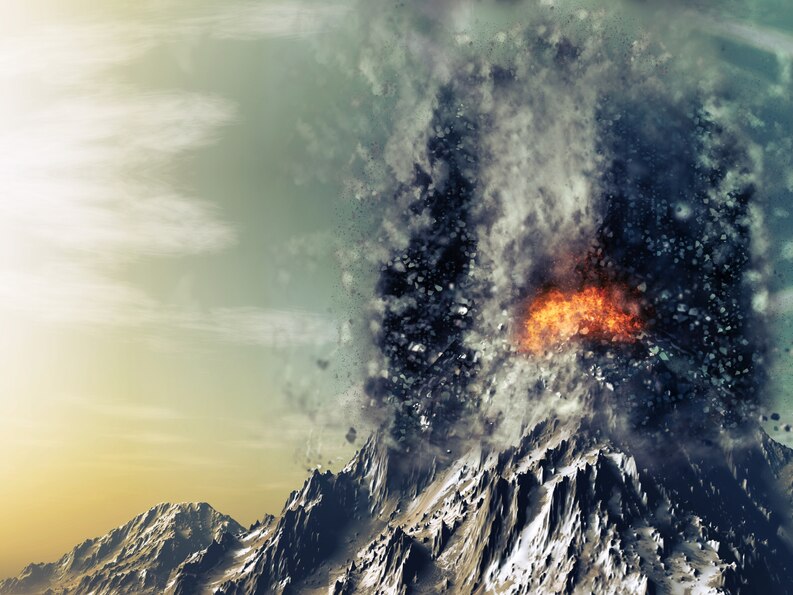A volcano is erupting again in Japan
Sakurajima Volcano, one of the most active volcanoes in Japan, erupted again on August 1, 2023. The eruption sent ash and smoke up to 10,000 feet into the air and forced the evacuation of thousands of people.
Causes of the eruption
Sakurajima Volcano is located on a subduction zone, where the Philippine Sea Plate is sliding under the Eurasian Plate. As the Philippine Sea Plate subducts, it melts and releases water and other volatile substances. These substances rise to the surface and form magma chambers.
When the pressure in the magma chambers becomes too great, the magma erupts through the surface of the volcano.
Types of eruptions
Sakurajima Volcano can experience a variety of eruption types, including:
- Strombolian eruptions: These eruptions are characterized by the ejection of lava bombs and scoria. Lava bombs are large pieces of molten rock that can be ejected up to several kilometers from the vent. Scoria is a type of volcanic rock that is full of small gas bubbles.
- Vulcanian eruptions: These eruptions are characterized by the ejection of ash and volcanic bombs. Ash is a fine-grained volcanic material that can be carried by the wind for long distances.
- Plinian eruptions: These eruptions are the most powerful type of eruption. They produce a large column of ash and gas that can rise up to tens of kilometers into the atmosphere.
The eruption on August 1, 2023 was a Strombolian eruption.

Impacts of the eruption
The eruption of Sakurajima Volcano can have a number of impacts on the surrounding region, including:
- Ashfall: Ashfall can damage crops and infrastructure. It can also disrupt transportation and businesses.
- Pyroclastic flows: Pyroclastic flows are fast-moving currents of hot gas and debris. They can travel at speeds of up to 400 miles per hour and can reach temperatures of up to 1,300 degrees Fahrenheit. Pyroclastic flows can cause widespread damage and loss of life.
- Lahar: Lahars are mudflows that can occur when volcanic ash and debris are mixed with water. Lahars can travel down valleys and cause widespread damage.
- Acid rain: Acid rain can be caused by the release of sulfur dioxide and other gases from the volcano. Acid rain can damage crops, forests, and buildings.
Mitigation efforts
The Japanese government is taking a number of steps to mitigate the impacts of the eruption of Sakurajima Volcano. These steps include:
- Ev evacuation: The government has evacuated residents from areas that are at risk from pyroclastic flows and lahars.
- Ashfall monitoring: The government is monitoring the ashfall and providing updates to the public.
- Infrastructure repairs: The government is repairing infrastructure that has been damaged by the eruption.
- Financial assistance: The government is providing financial assistance to those who have been affected by the eruption.
Conclusion
The eruption of Sakurajima Volcano is a reminder of the power of nature and the importance of being prepared for natural disasters. The Japanese government is responding to the eruption in a timely and effective manner. The government is providing assistance to those who have been affected and is working to mitigate the impact of the eruption on the environment.





